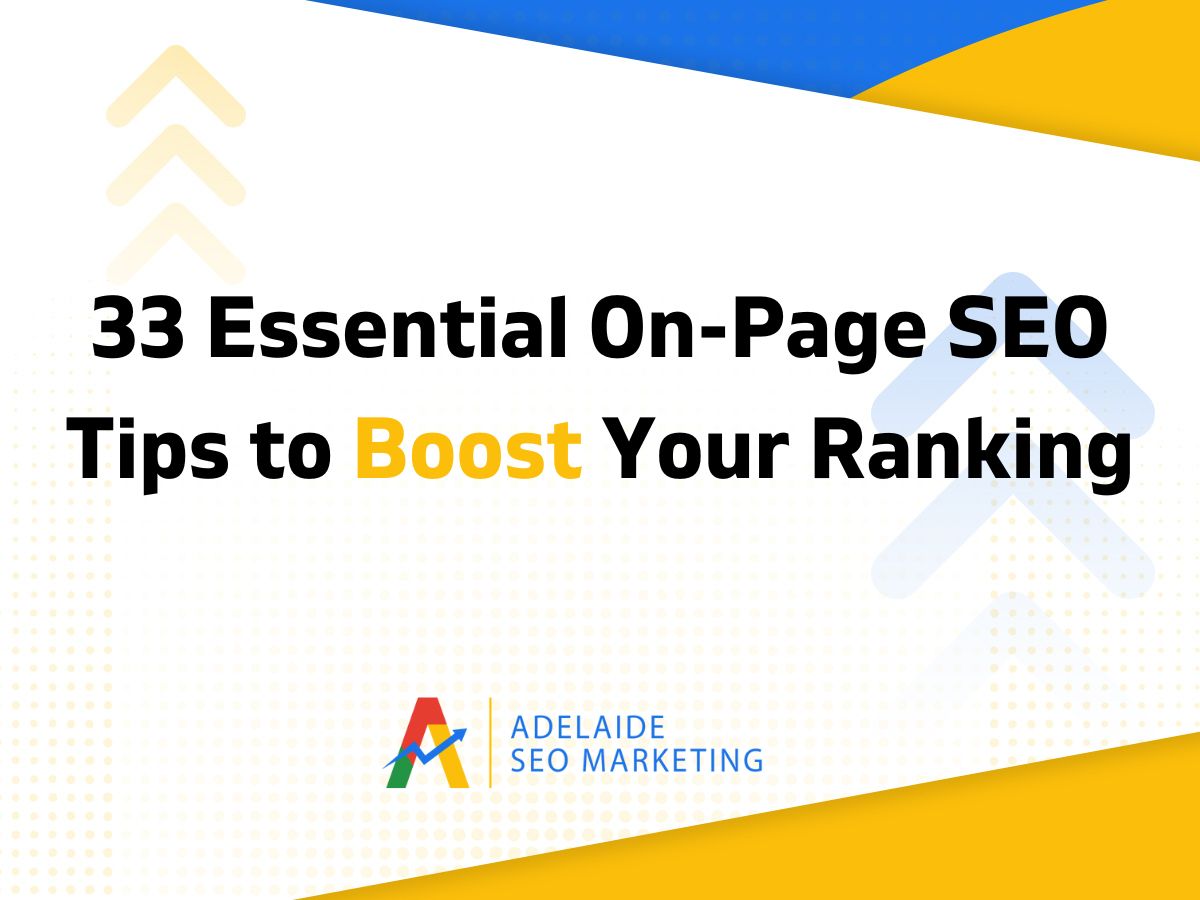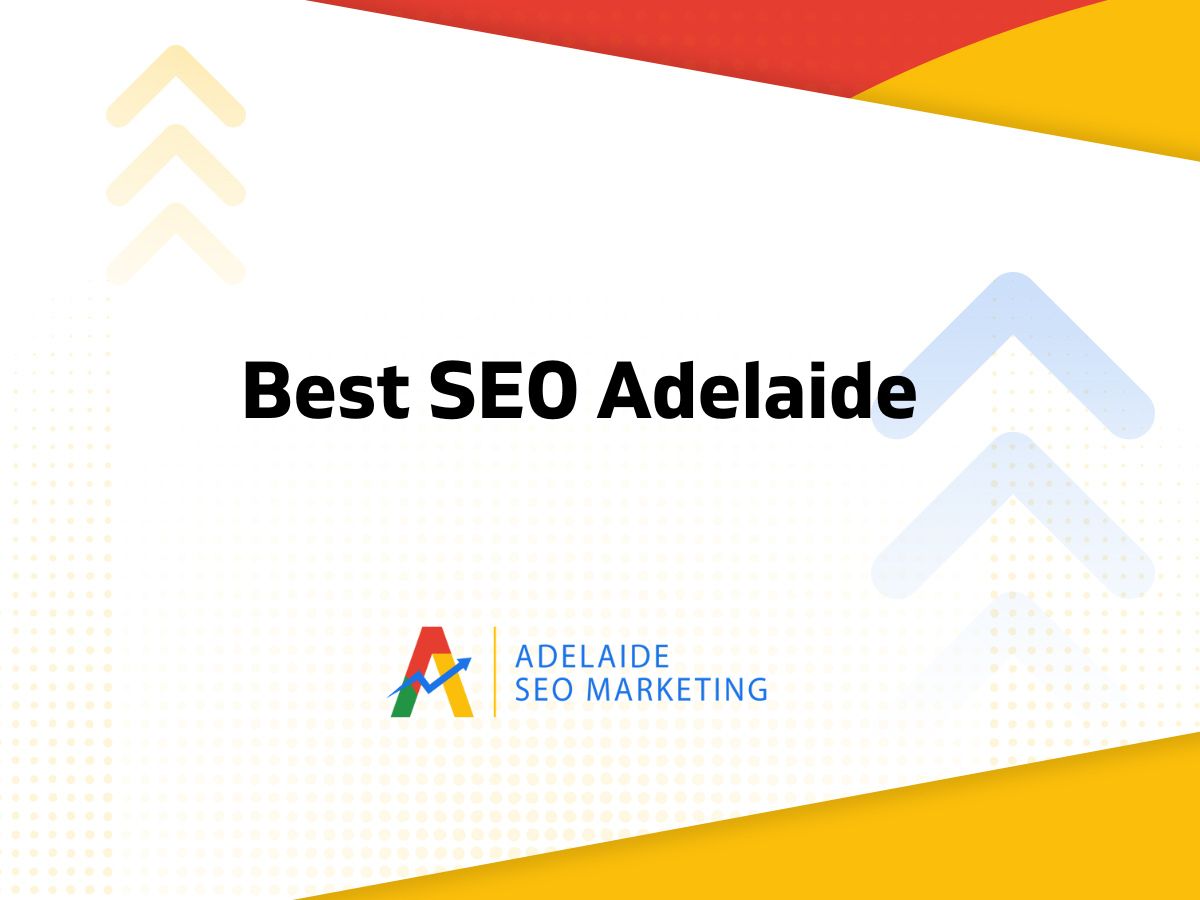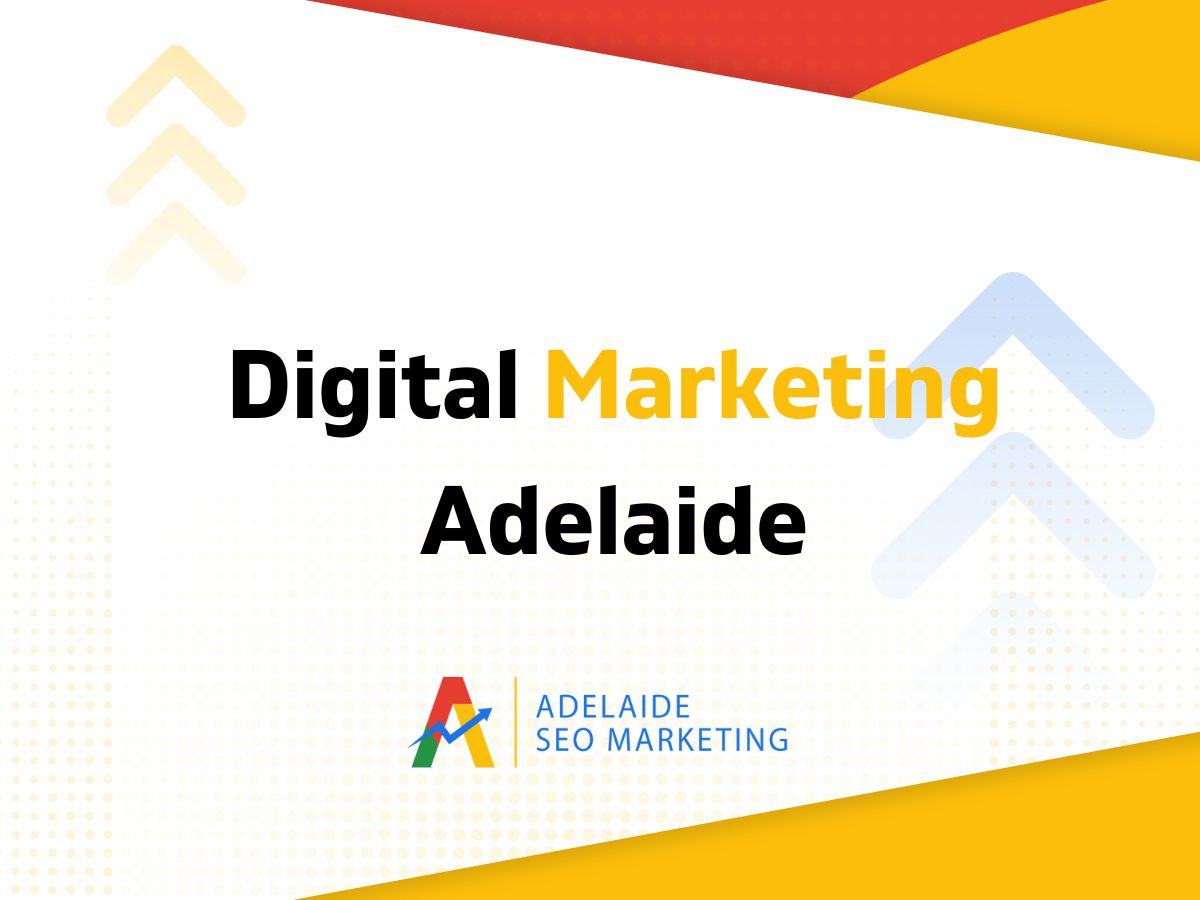This article will explore 33 Essential On-Page SEO Tips to Boost Your Ranking. These tips can significantly improve your website’s visibility and ranking. This article shares 33 essential strategies to help you rank higher, focusing on what Adelaide SEO Marketing offers.
Whether you’re looking to boost your Shopify store or need local SEO tips, we’ve got you covered. Our insights will help enhance your online presence in Australia.
Key Takeaways
- Understanding the basics of on-page SEO is crucial for more traffic.
- Good keyword research and use can really boost your ranking.
- It’s a must to optimise title tags and meta descriptions.
- Fast website speed is important for SEO success.
- Creating quality content keeps visitors engaged and encourages sharing.
- Local SEO is key for businesses aiming at Australian customers.
Understanding On-Page SEO Fundamentals
On-page SEO is about making our websites better for search engines. It helps our content get seen more. Let’s explore what on-page SEO is and why it’s key for our digital marketing.
What is On-Page SEO?
On-page SEO means making our website better for search engines. We do this by improving content, using the right keywords, and making sure our site is easy to read. It’s about what search engines see and how users feel when they visit our site.
Importance of On-Page SEO
Knowing how important on-page SEO is helps us succeed online. A good website shows search engines what our content is about. This makes our site more visible and attracts more visitors. Local businesses find it very useful for reaching people in their area.
33 Essential On-Page SEO Tips to Boost Your Ranking
Mastering on-page SEO is a fundamental step toward improving your website’s visibility in search engine results and attracting the right audience. On-page SEO focuses on optimising elements directly on your website to make it search-engine-friendly, engaging for users, and tailored to rank higher for targeted keywords.
With algorithms becoming smarter and user expectations constantly evolving, a strong on-page SEO strategy ensures your site stands out in today’s competitive digital landscape. From crafting compelling meta descriptions to enhancing mobile-friendliness, every detail contributes to your site’s performance and user experience.
In this guide, we’ll dive into 33 Essential On-Page SEO Tips to Boost Your Ranking. Each factor plays a unique role in helping your website perform better, whether by improving search engine ranking, boosting traffic, or keeping visitors engaged. By implementing these strategies, you’ll not only optimise your site but also create a robust foundation for long-term online success.
Let’s explore each factor and how it contributes to achieving SEO excellence.
1. Create Unique and Relevant Title Tags
Ensure each page has a unique, keyword-rich title tag that clearly represents its content and attracts clicks.
2. Write Engaging and Informative Meta Descriptions
Summarise the content of the page in an engaging way to encourage users to click through from search results.
3. Use Short, Keyword-Focused URLs
Keep URLs concise and include primary keywords to improve user understanding and SEO performance.
4. Optimise H1 Tags for Relevance and Clarity
Use your H1 tag as the main headline for the page, making it relevant, descriptive, and keyword-optimised.
5. Organise Content with H2 and H3 Tags
Structure your content with subheadings to improve readability and guide both users and search engines.
6. Place Keywords Naturally Throughout the Page
Distribute your keywords strategically in the content without overstuffing to maintain readability and relevance.
7. Maintain a Balanced Keyword Density
Avoid overusing keywords while ensuring they appear enough to signal relevance to search engines.
8. Ensure Content Is Long Enough to Be Comprehensive
Provide in-depth information that fully addresses the topic and satisfies user intent.
9. Add Descriptive Alt Text to Images
Describe images with alt text to improve accessibility and help search engines understand the visuals.
10. Link Internally to Improve Navigation
Guide users and search engines to related content on your site by using internal links.
11. Reference Authoritative Sources with External Links
Use external links to credible sources to enhance your content’s reliability and depth.
12. Use Descriptive Anchor Text for Links
Include relevant keywords in anchor text to provide context for linked pages.
13. Implement Structured Data to Highlight Key Information
Add schema markup to help search engines display rich results like ratings or FAQs.
14. Utilise Canonical Tags to Prevent Duplicate Content
Point search engines to the preferred version of a page to consolidate ranking signals.
15. Optimise Your Robots.txt File for Better Crawling
Guide search engine crawlers to the most important parts of your site while blocking irrelevant areas.
16. Include a Sitemap for Search Engines
Submit an XML sitemap to help search engines index your site more efficiently.
17. Improve Page Load Speed for a Better User Experience
Optimise site performance by reducing image sizes, enabling caching, and minimising code.
18. Ensure Mobile-Friendliness Across All Devices
Design your site to provide a seamless experience on smartphones and tablets.
19. Switch to HTTPS for Secure Connections
Protect user data with HTTPS encryption, which also boosts trust and ranking.
20. Enable Breadcrumbs to Simplify Navigation
Use breadcrumb navigation to improve user experience and help search engines understand site structure.
21. Improve Engagement Metrics Like Bounce Rate and Time-on-Page
Enhance your content and design to encourage users to stay longer and explore more pages.
22. Incorporate Videos and Visual Content to Enhance the Page
Add relevant visuals to make your content more engaging and shareable.
23. Make Content Easy to Read with Clear Formatting
Break up large blocks of text with bullet points, short paragraphs, and subheadings.
24. Avoid Keyword Overlap to Prevent Cannibalisation
Ensure each page targets a unique keyword to avoid competing with your own content.
25. Remove or Improve Thin Content
Identify and enhance pages with little value or low word counts.
26. Fix Duplicate Content Issues
Eliminate duplicate content to avoid penalties and confusion for search engines.
27. Paginate Long Articles for Better Readability
Divide lengthy content into smaller pages to improve usability and loading times.
28. Optimise for Featured Snippets in Search Results
Format content to answer questions directly and increase your chances of appearing in snippets.
29. Add Location-Specific Keywords for Local SEO
Target your local audience by including city and region-specific terms.
30. Make Sharing Easy with Social Media Buttons
Encourage content sharing by adding visible social buttons to your pages.
31. Prepare for Voice Search with Natural Language Queries
Optimise content for voice search by using conversational phrases and answering common questions.
32. Regularly Update Content to Keep It Relevant
Refresh old content with new information to maintain its value and improve ranking.
33. Create Custom 404 Pages to Guide Users
Design a helpful 404 page with links to important sections of your site to keep users engaged.
Enhancing User Experience for Better Ranking
To get better search engine ranking, we need to focus on making our websites better for users. Several important factors affect how users interact with our sites.
Importance of Website Speed
Website speed is key to keeping visitors and reducing bounce rates. Fast sites make browsing more enjoyable, encouraging users to stay and explore. Search engines also prefer quick sites because it meets user needs.
To speed up your site, optimise images, use browser caching, and reduce HTTP requests.
Mobile-Friendliness and Responsive Design
In today’s world, more people use mobile devices to access content. A responsive design ensures our site looks great on all screens. This makes the user experience better and keeps users engaged longer.
Adding mobile-friendly features helps users stay on our site longer, reducing their chance of returning to search results.
Creating User-Friendly Navigation
User-friendly navigation is essential for a smooth website experience. Clear menus and easy links help visitors find what they need. A well-organised layout keeps users on our site longer, which search engines value.
Good navigation makes the user experience seamless and encourages visitors to return.
| Factor | Impact on User Experience | SEO Relevance |
|---|---|---|
| Website Speed | Reduces bounce rates, retains visitors | Improves search engine ranking |
| Mobile Responsiveness | Enhances usability on various devices | Critical for SEO, specially for mobile search |
| User-Friendly Navigation | Facilitates easy access to content | Increases user engagement time |
Content Creation Strategies for SEO Success
Creating top-notch content is key to SEO success. We aim to make content that grabs our audience’s attention, answers their questions, and makes them return. When we create content for SEO, we must research topics well and ensure they match what our readers want.
Developing High-Quality and Engaging Content
Content that grabs and keeps attention is essential. To make such content, we should follow these strategies:
- Address audience needs: Know what our audience is searching for and make content that meets those needs.
- Utilise storytelling: Add stories to connect with readers.
- Incorporate visuals: Use images, infographics, and videos to make content easier to understand.
- Update regularly: Keep content fresh and current to keep visitors interested.
Leveraging Internal Linking
Using smart internal linking is key for better navigation and SEO ranking. Internal links help visitors find more relevant articles on our site, improving their experience. Here are some key points:
- Improve crawlability: Internal links help search engines find more pages on our site.
- Drive traffic to older content: Link to older articles in new posts to promote them.
- Boost relevance: Connect related content to help users find what they need easily.
- Encourage longer visits: Internal links keep visitors on our site longer, increasing chances of conversion.
We boost our SEO success by focusing on creating engaging content and using internal linking. This helps grow our online presence. Our content becomes valuable, stands out, and keeps readers interested.
Local SEO Practices for Targeting Australian Customers
Local SEO is key for businesses wanting to reach customers in certain areas. By using strategies made for our local market, we can get more visible to Australian customers.
Optimizing our Google My Business listing is crucial. A good profile shows important details like when we’re open, where we are, and what we offer. This makes us more visible in local searches and builds trust with potential customers.
Improving local citations is also important. We need to make sure our NAP (Name, Address, Phone Number) info is the same everywhere online. This tells search engines we’re real, helping us rank better in local searches.
- Regularly update our Google My Business profile with relevant content and images.
- Encourage satisfied customers to leave positive reviews, which boosts our credibility.
- Engage with our local community through events or promotions, further increasing our visibility.
Using local keywords in our website content is smart for those focusing on Adelaide SEO. This helps attract more clients looking for services in Adelaide. By using these local SEO practices, we become more visible in local results. This connects us with potential clients who need our services.
Conclusion
Integrating these 33 Essential On-Page SEO Tips to Boost Your Ranking is key to improving SEO performance. By focusing on the basics of on-page SEO and using targeted strategies, we can significantly enhance our online presence. Ensuring our sites are easy to use is vital, as search engines consider user experience when determining ranking.
Working with Adelaide SEO Marketing can greatly help businesses targeting Australian customers. They offer custom services that help us understand and tackle SEO challenges. With their help, we can make the most of our websites.
To boost your online presence, consider getting a free SEO audit. We can work together to make your website a top SEO performer. Contact us today for a consultation!
FAQ
What is on-page SEO?
Why is on-page SEO important?
How can I conduct keyword research?
What role do title tags and meta descriptions play in SEO?
How does user experience affect SEO?
What strategies should we use for content creation?
How does local SEO benefit our business?
SEO That Converts: More Clicks, More Customers.
Your journey to online success begins here, with Adelaide SEO Marketing. We’re not just a service; we’re your partners in growth.







